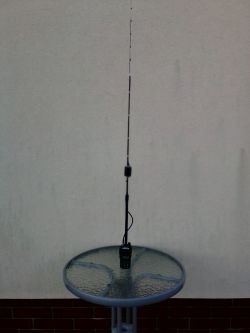Hello, I'm a beginner ham (you can call it that)
I have a baofeng uv-82 radio and I would like to build a half-wave dipole for it, but I don't know how to go about it
1. I don't know what materials to use for construction
2. In general, I do not know how to build a dipole (how to connect everything together so that it works as it should)
3. How to choose arm lengths for the right frequency
I am interested in listening on frequencies 136-174 (mainly around 148)
Please help.
I have a baofeng uv-82 radio and I would like to build a half-wave dipole for it, but I don't know how to go about it
1. I don't know what materials to use for construction
2. In general, I do not know how to build a dipole (how to connect everything together so that it works as it should)
3. How to choose arm lengths for the right frequency
I am interested in listening on frequencies 136-174 (mainly around 148)
Please help.




